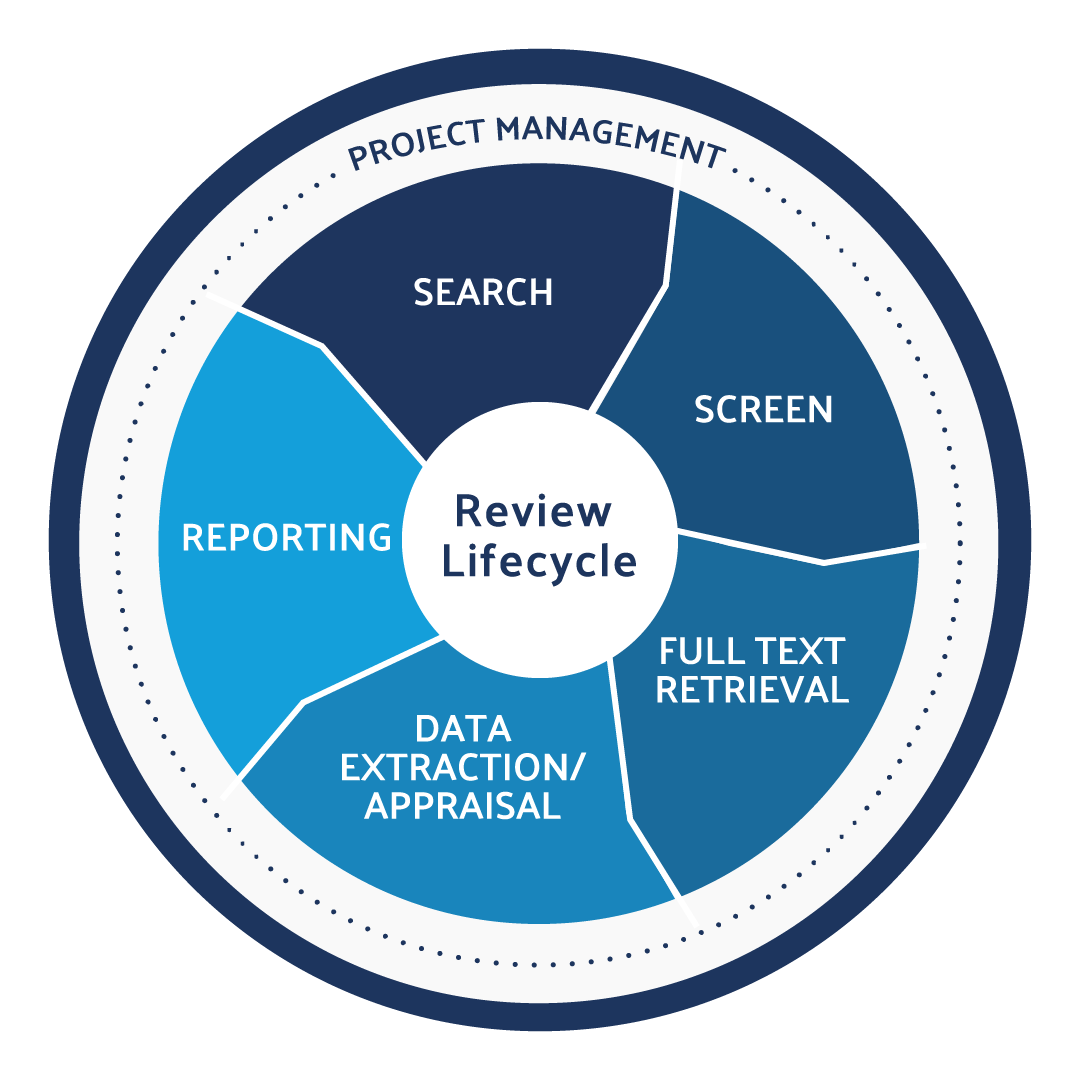What Does a CER Contain?


Use DistillerSR to produce CER and PER literature reviews in an efficient, audit-ready, and compliant way.
A Clinical Evaluation Report (CER) can vary widely in context and content, depending on the medical device it refers to and the guidelines in the original clinical evaluation plan. However, the architecture of the report and the detail required within the CER literature review will be the same. An effective CER must contain a comprehensive identification, appraisal, and analysis of the relevant clinical data.
As we look at each step of writing a CER in this article, it’s important to note that this document must end with a finalized conclusion setting out strong clinical evidence that supports claims made against the product’s safety and performance, to aid in the device’s approval.
Why Is a CER Important?
A comprehensive CER is mandatory for any medical device to obtain MDR approval for distribution in the EU. The standards also apply in other jurisdictions, and the manufacturer is responsible for furnishing regulators, notified bodies, and agencies with relevant clinical data and supporting clinical evidence for the medical device under evaluation.
Does the FDA require a clinical evaluation report for medical devices to be marketed in the US? Regulations differ in the US, but the FDA does require a premarket approval (PMA) annual report from manufacturers, for all approved PMA applications. Therefore, a robust CER is essential to demonstrate an analysis of pre- and post-market clinical data to ascertain device safety and performance.
How Is a Clinical Evaluation Structured?
As outlined in MEDDEV 2.7/1 rev 4, a medical device clinical evaluation comprises five distinct sections:
- Stage zero sets out the scope of the CER and the intended use of the medical device. It also outlines the process for clinical evaluation.
- Stage one identifies the relevant clinical data to use within the assessment.
- Stage two involves the appraisal of each selected data set, determining the relevance, importance, and validity pertaining to the scope of the evaluation.
- Stage three consists of data analysis, where the report reaches conclusions about the device’s regulatory compliance based on assessing benefits versus risks and mentioning residual risks and uncertainties, if any.
- Stage four is the report summary, which concludes whether sufficient clinical evidence exists to prove conformity and support the case for the medical device’s regulatory approval.
The CER report includes the outcomes of each step within the evaluation and consolidates the data, analysis methodology, and the findings in a systematic way.
Learn More About DistillerSR
(Article continues below)
What Does a CER Contain?
An effective CER will be structured similarly to the progress of the evaluation. It begins with a high-level summary that provides an overview of the intended user demographic, relevant medical indications, and the evaluated benefit versus risk level. The summary also shows how the manufacturer has concluded that the device is suitable for its intended use based on medical research and evidence.
Next, the CER runs through the following stages:
- Scope–this depicts how the device works, details of incorporated technology, along with model/software version details.
- Clinical background–given that a CER is primarily research-based, the background section includes a literature review to address the sources, research methods, quality control strategies, selection criteria used, and the results of these resources.
- Device evaluation methods–along with the device itself, the CER must describe the methods used for data analysis. This includes the basis for evaluation, the clinical data sets used, and a justification of why each piece of clinical data has been selected.
- Conclusions–a CER requires a statement covering safety usage, the suitability of the device, and residual risks, making a statement supporting the application for approval.
Although the final CER document might seem like an academic index, it is crucial to validate the data sources used, in this methodical manner. Manufacturers must include the dates of the current and following clinical evaluation, an intended release date, a list of all references, and the qualifications of the evaluator signing the report.








